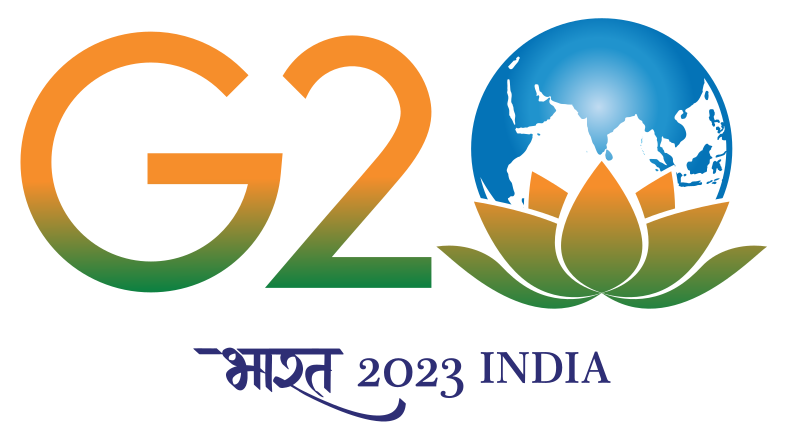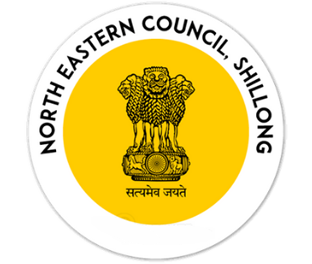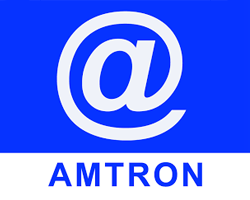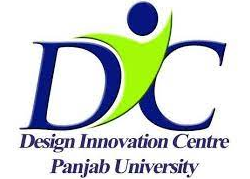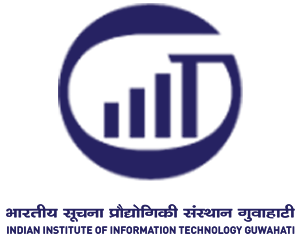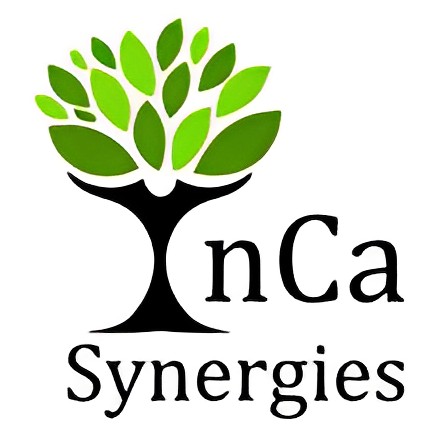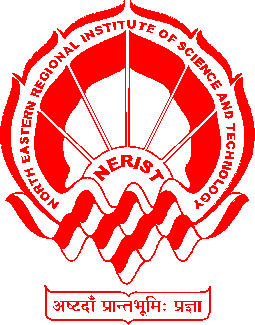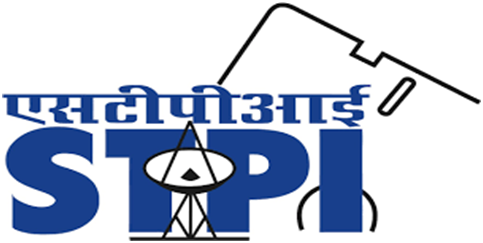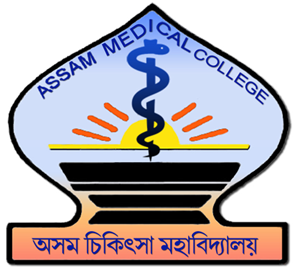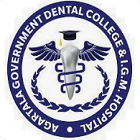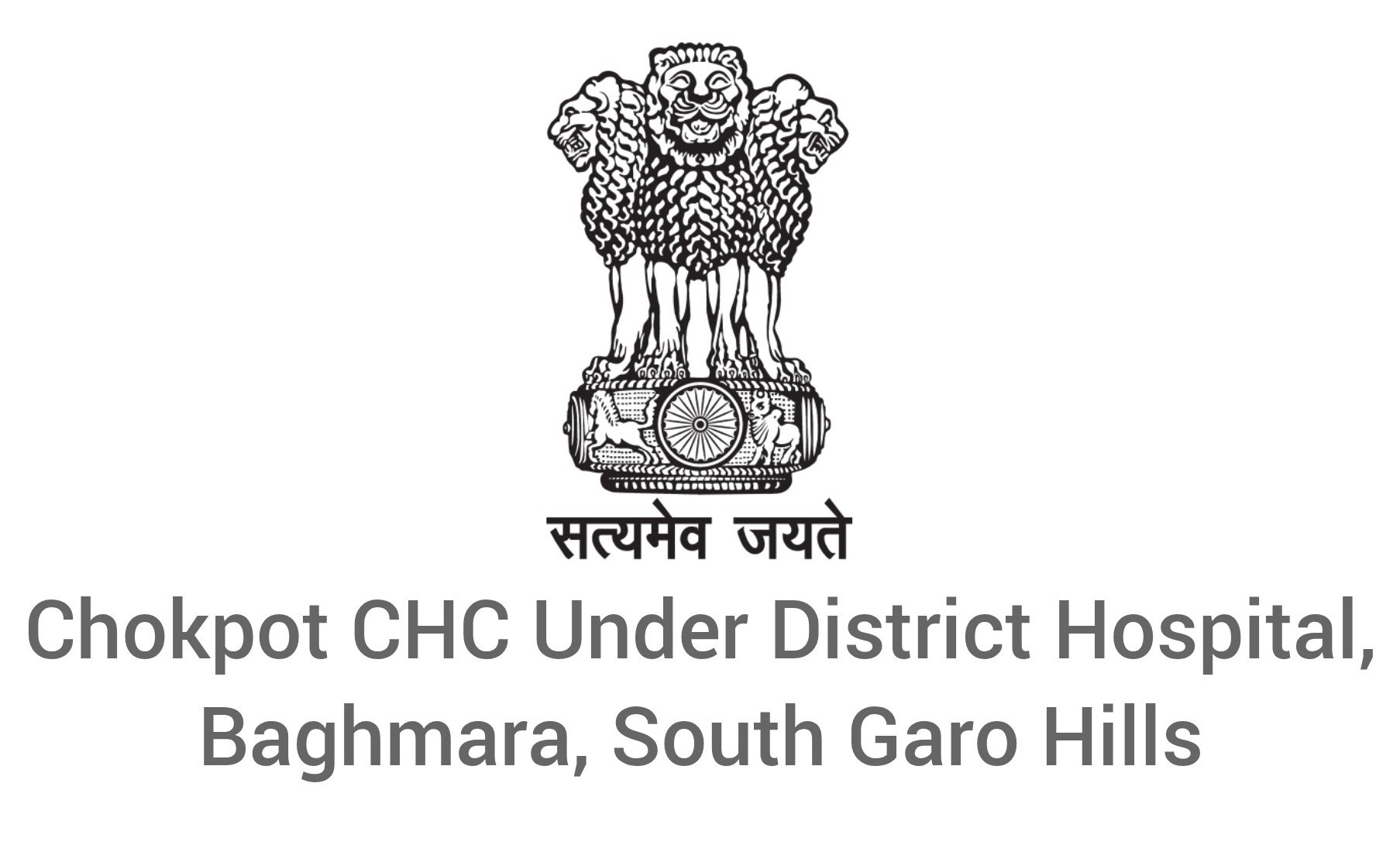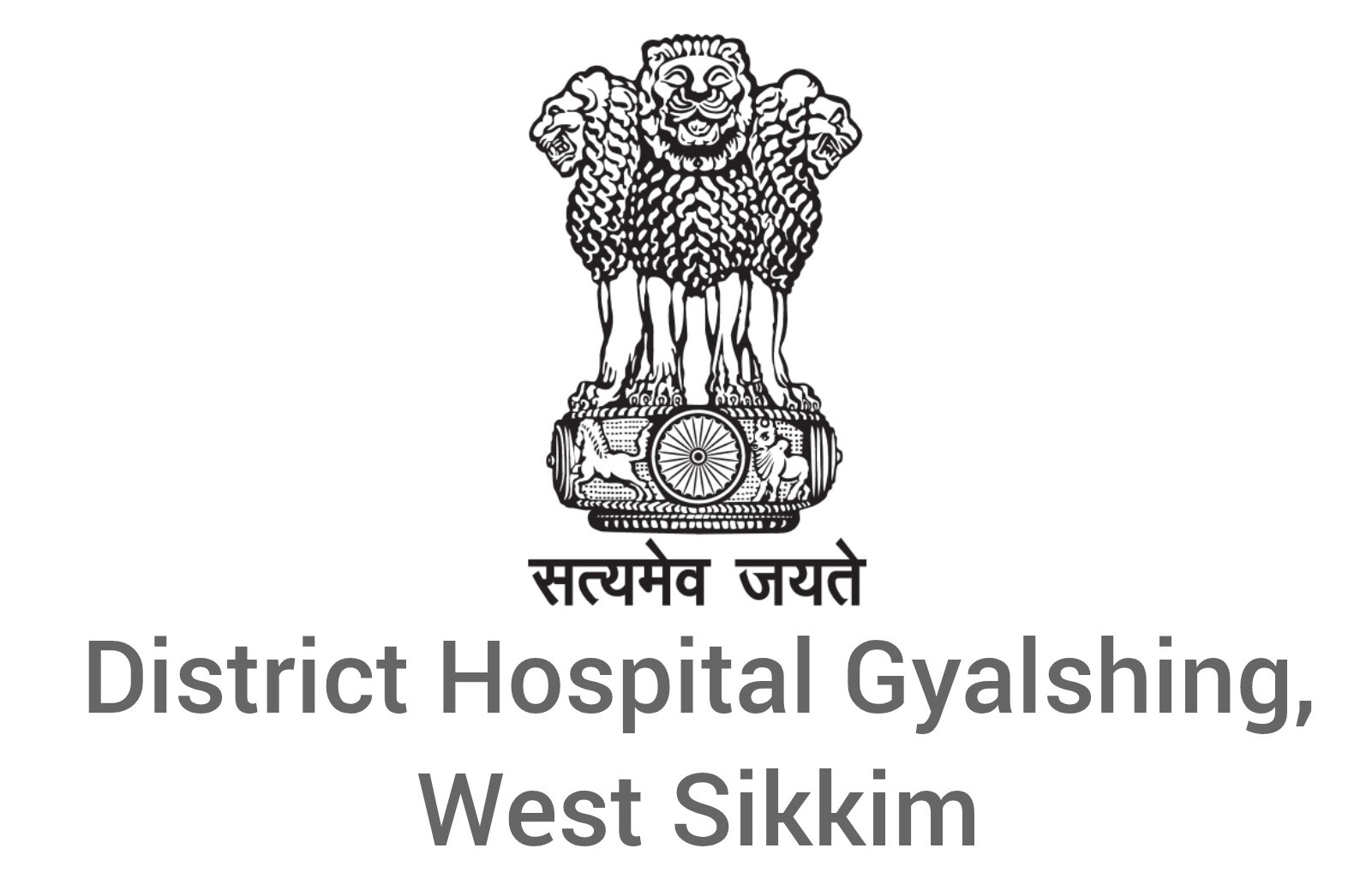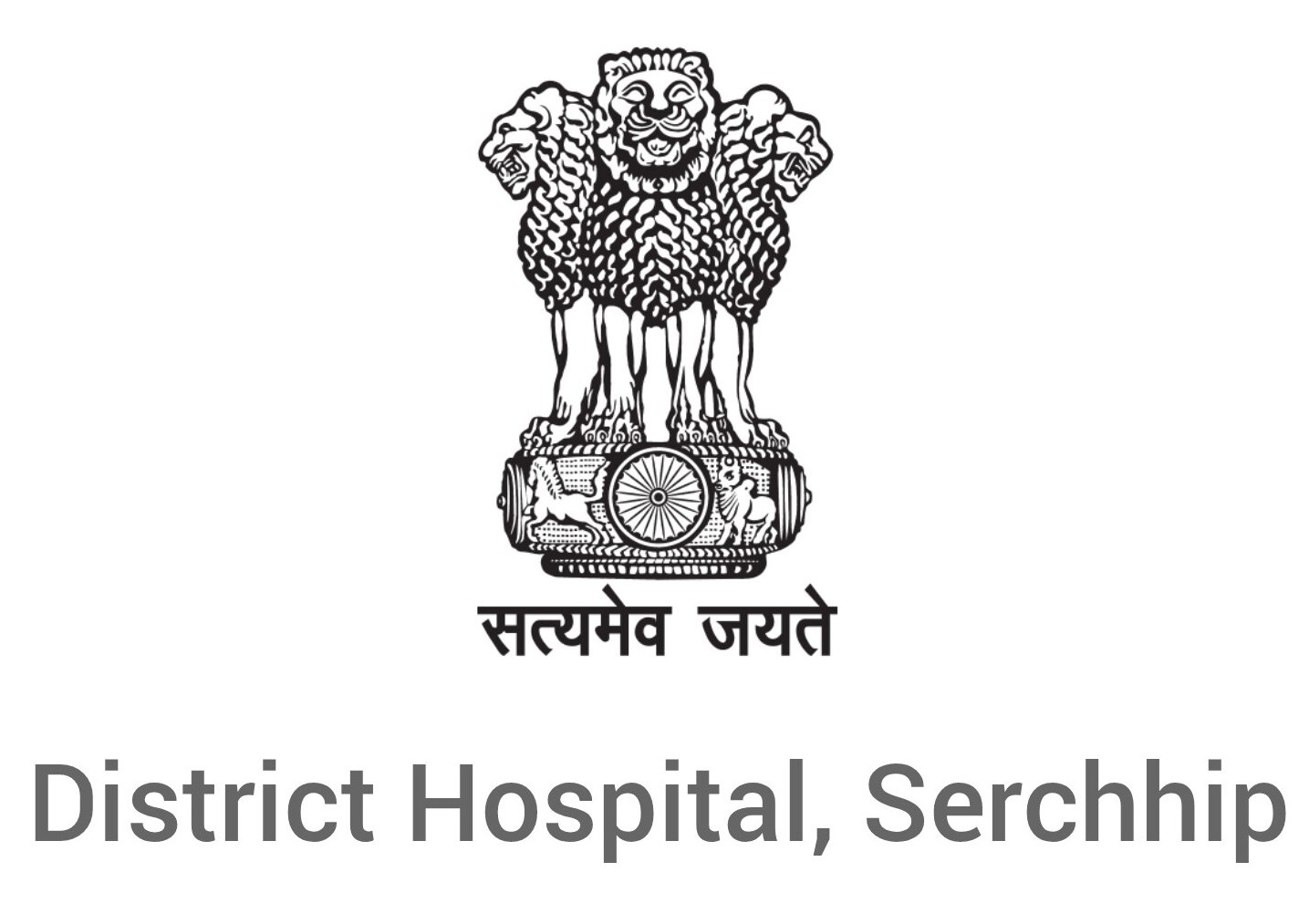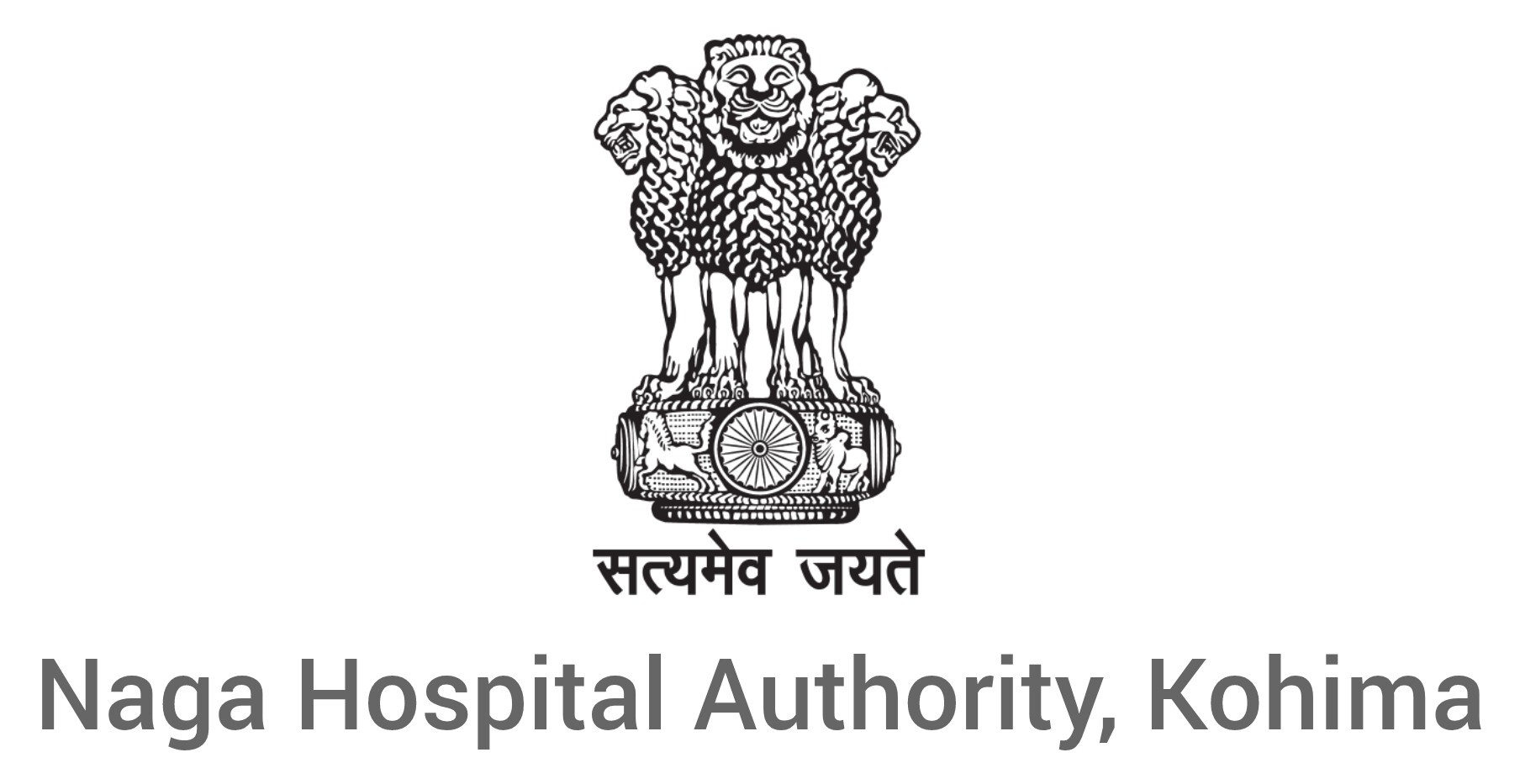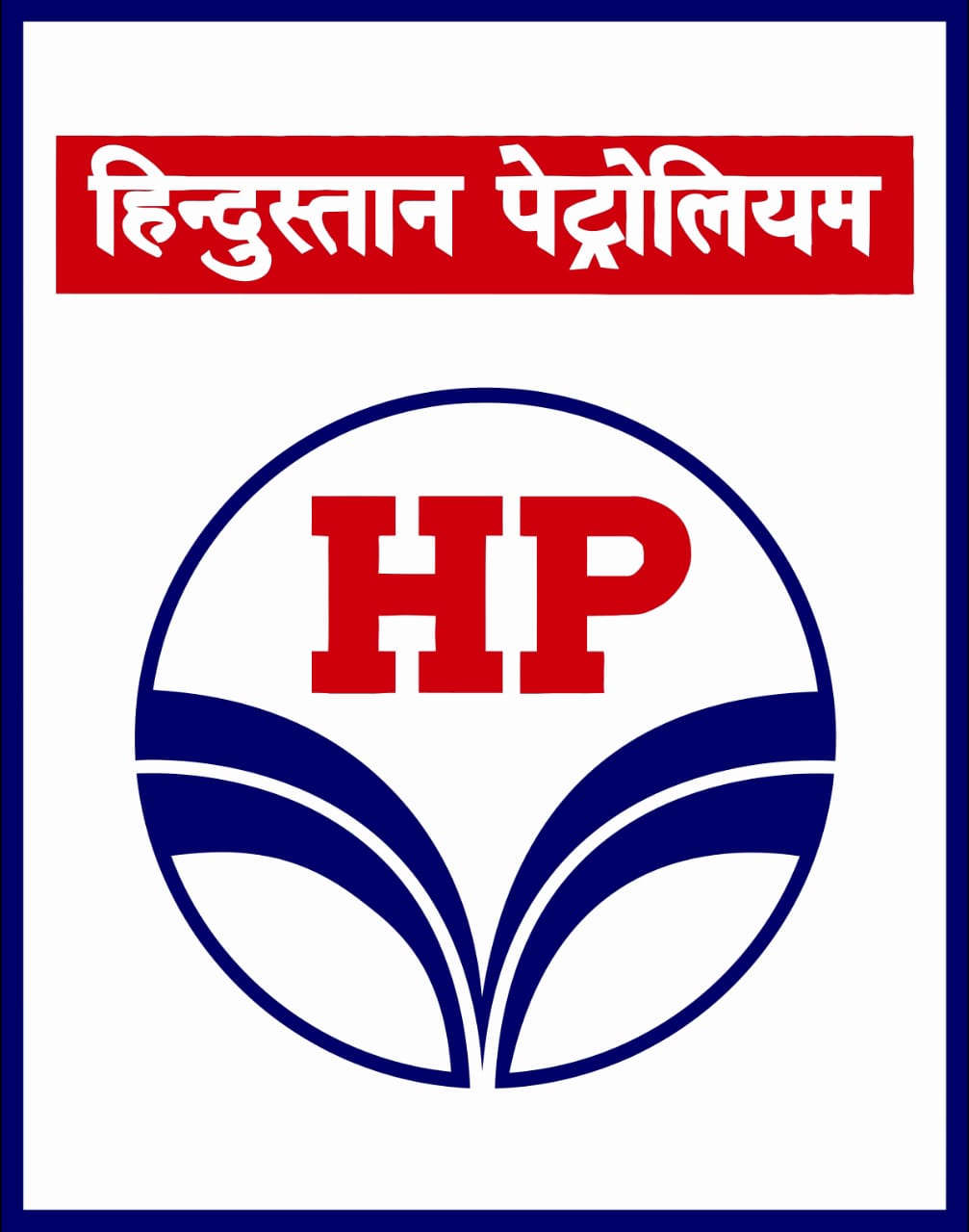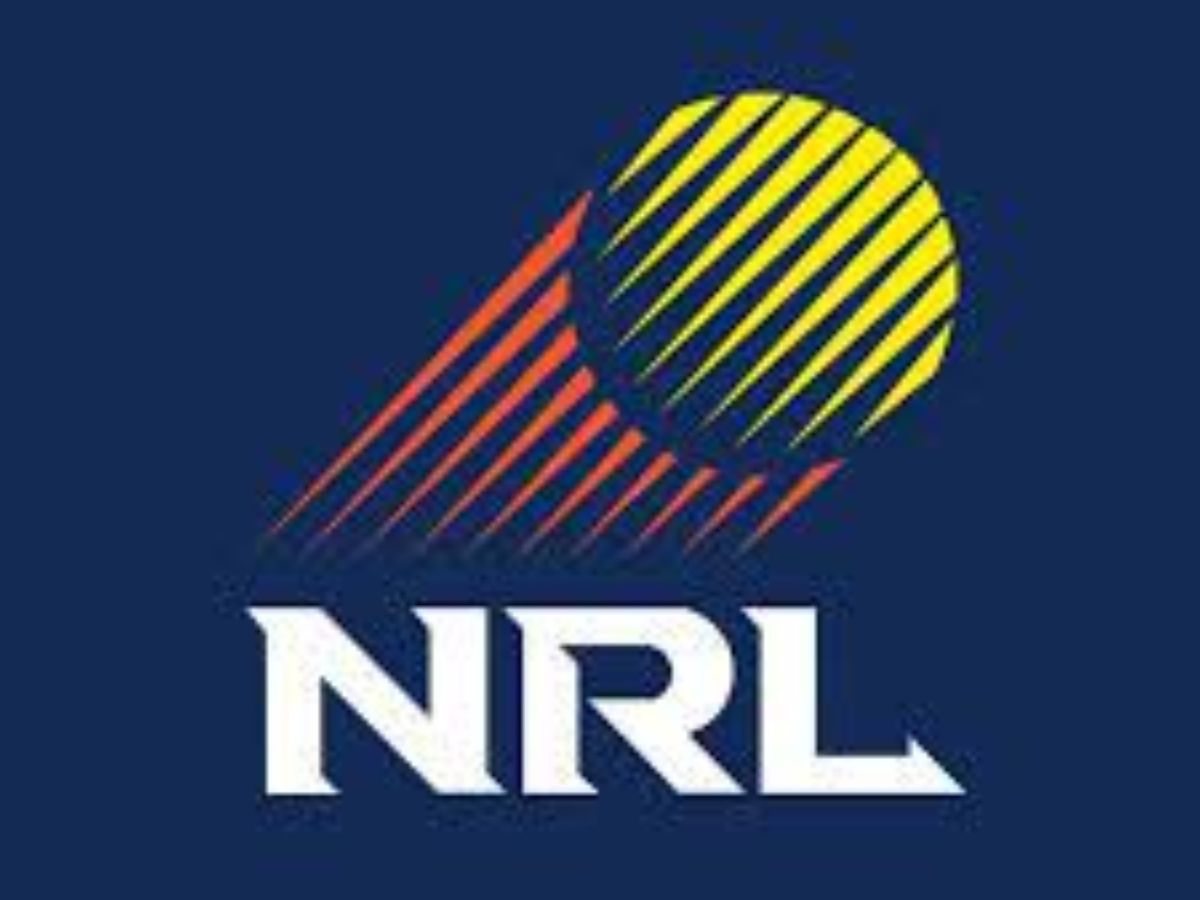COMMON TYPES OF 3D PRINTING TECHNOLOGIES
S. No. |
Basis |
Name Of Technology |
Explanation |
|
I. |
Extrusion Based |
FDM printers extrude melted plastic filament layer by layer to create the desired product. |
|
|
II. |
Resin Based |
SLA uses a UV laser to cure liquid resin layer by layer, creating precise and detailed models. |
|
|
|
|
Similar to SLA but uses a Digital Projector to cure resin and is used for Engineering Applications. |
|
|
|
|
2c. Polyjet |
It is an advanced technology that quickly creates precise parts using photopolymers, UV light, and inkjet heads. It achieves accuracy by layering resins to form digital materials. The process starts with a CAD model transformed into a printable format. Drops of photopolymer are jetted onto the build platform, then cured with UV lamps to bond layers. Support materials are dissolved or manually removed for the finished PolyJet model. PolyJet gives the option of multi-material and multi-color printing. Most commonly used in Medical Applications like Models For Pre-Surgery Planning / Anatomy Learning Parts as replacement for Human Cadavers. |
|
III. |
Power Based |
SLS fuses powdered material (usually nylon or other polymers) using a Laser. For example, manufacturing of high strength socket for amputation cases. |
|
|
|
|
Electron Beam Melting (EBM) is a 3D manufacturing process in which a powdered metal is melted by a high-energy beam of electrons. |
|
|
|
|
3c. Direct Metal Laser Sintering (DMLS) / Direct Metal printing (DMP) |
It builds high quality complex metal parts from 3D CAD data by Sintering (at High Temperature) of Metal Powder. |
|
|
|
3d. Binder Jetting |
Layers of powder are selectively bound together using a liquid binder. |



